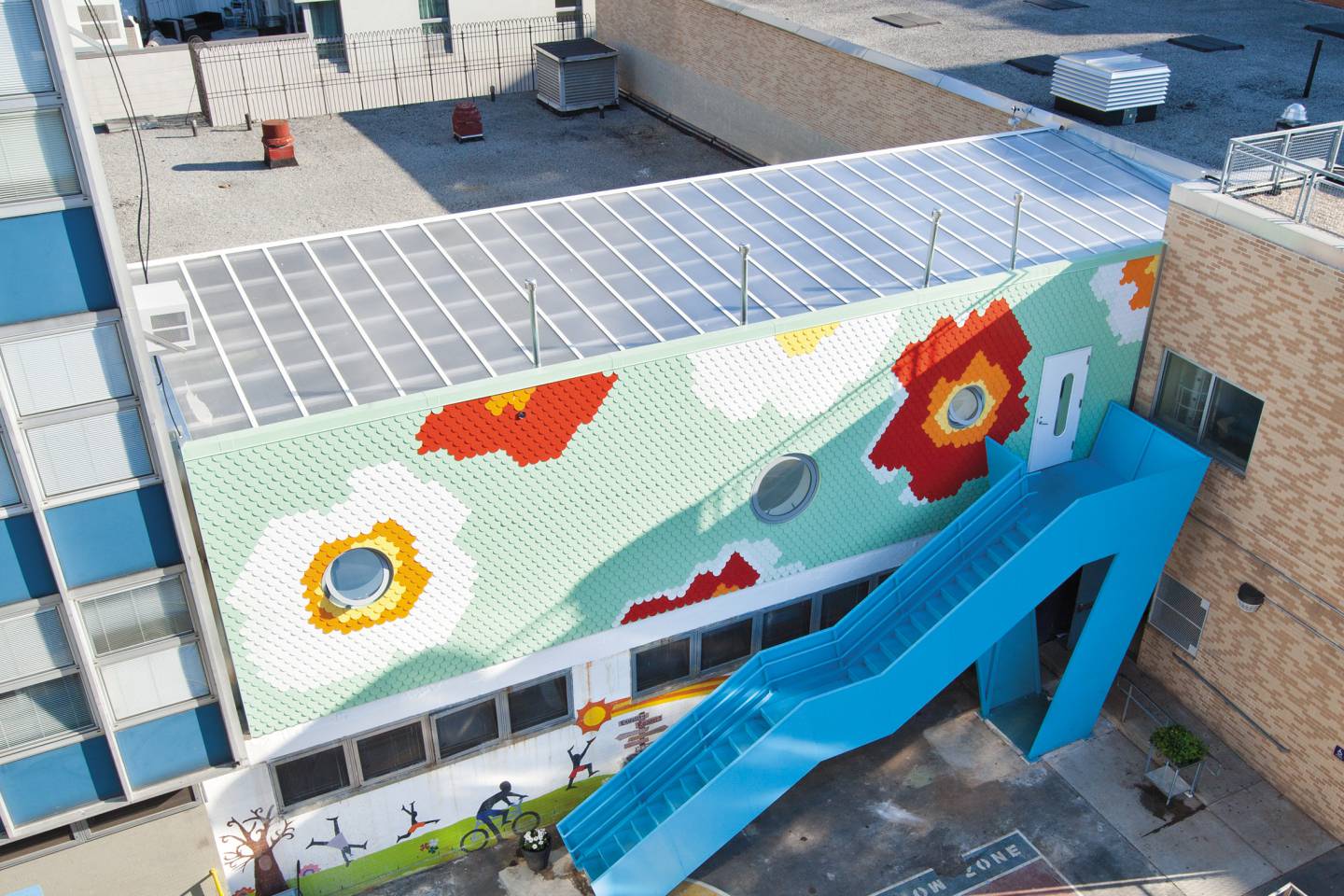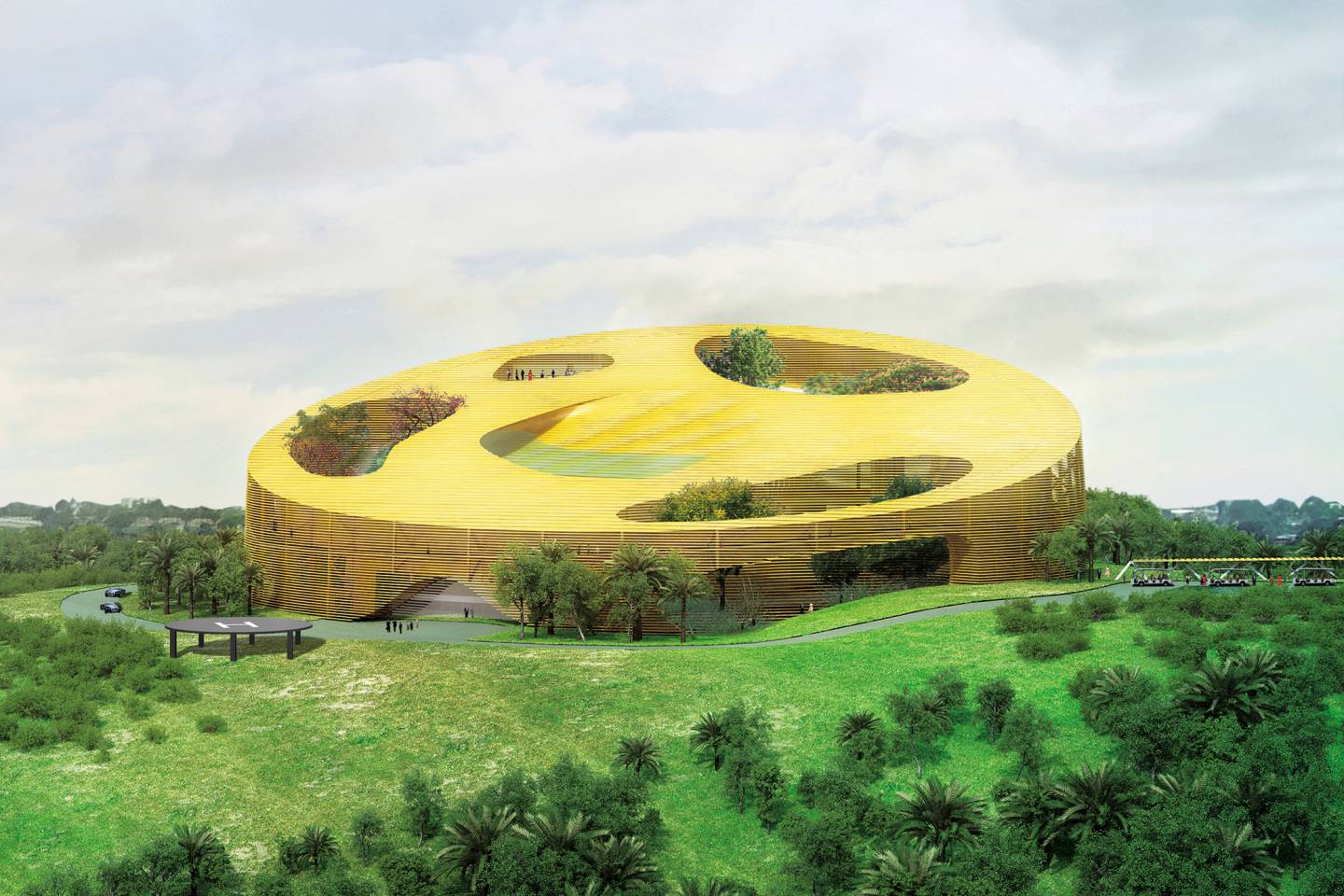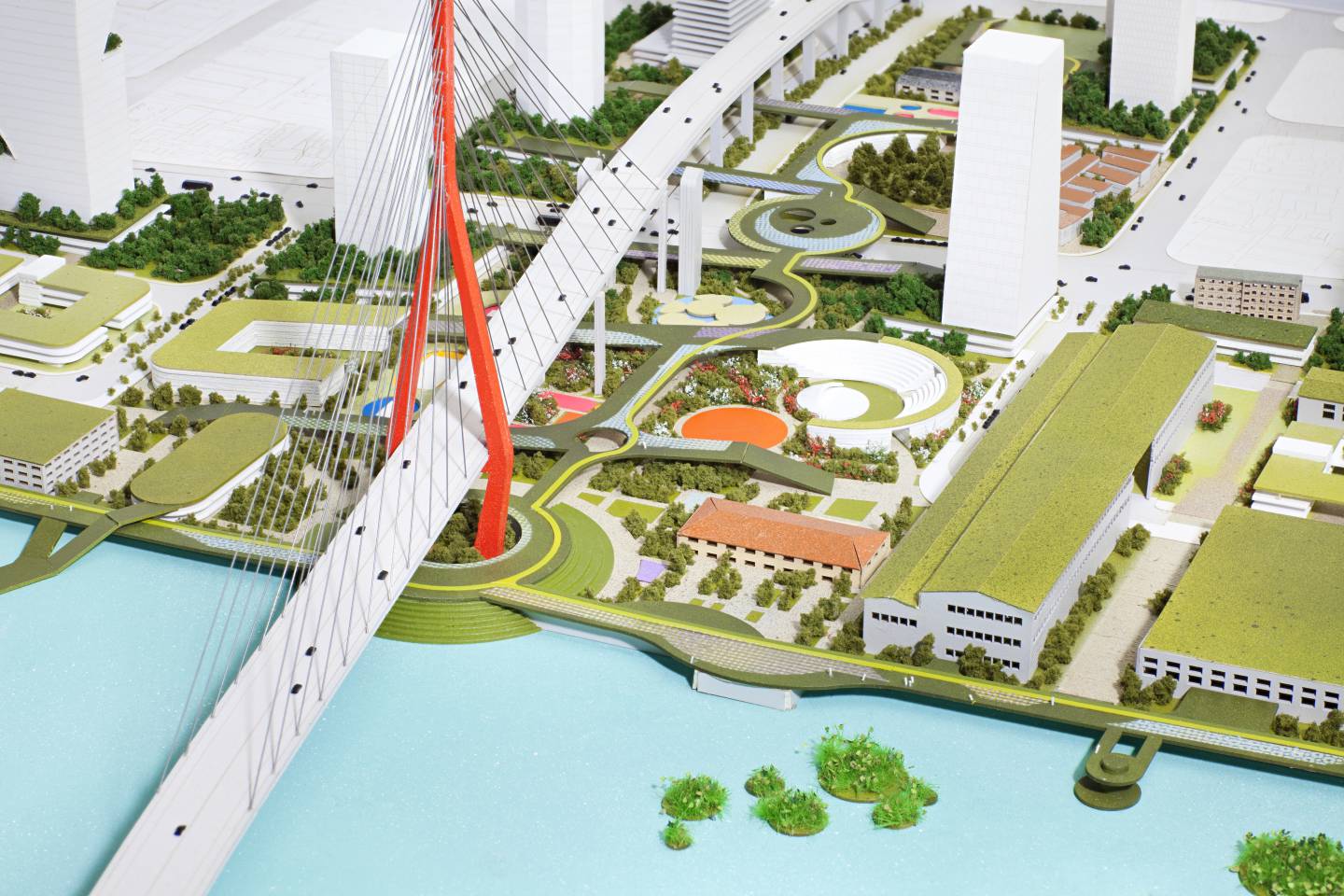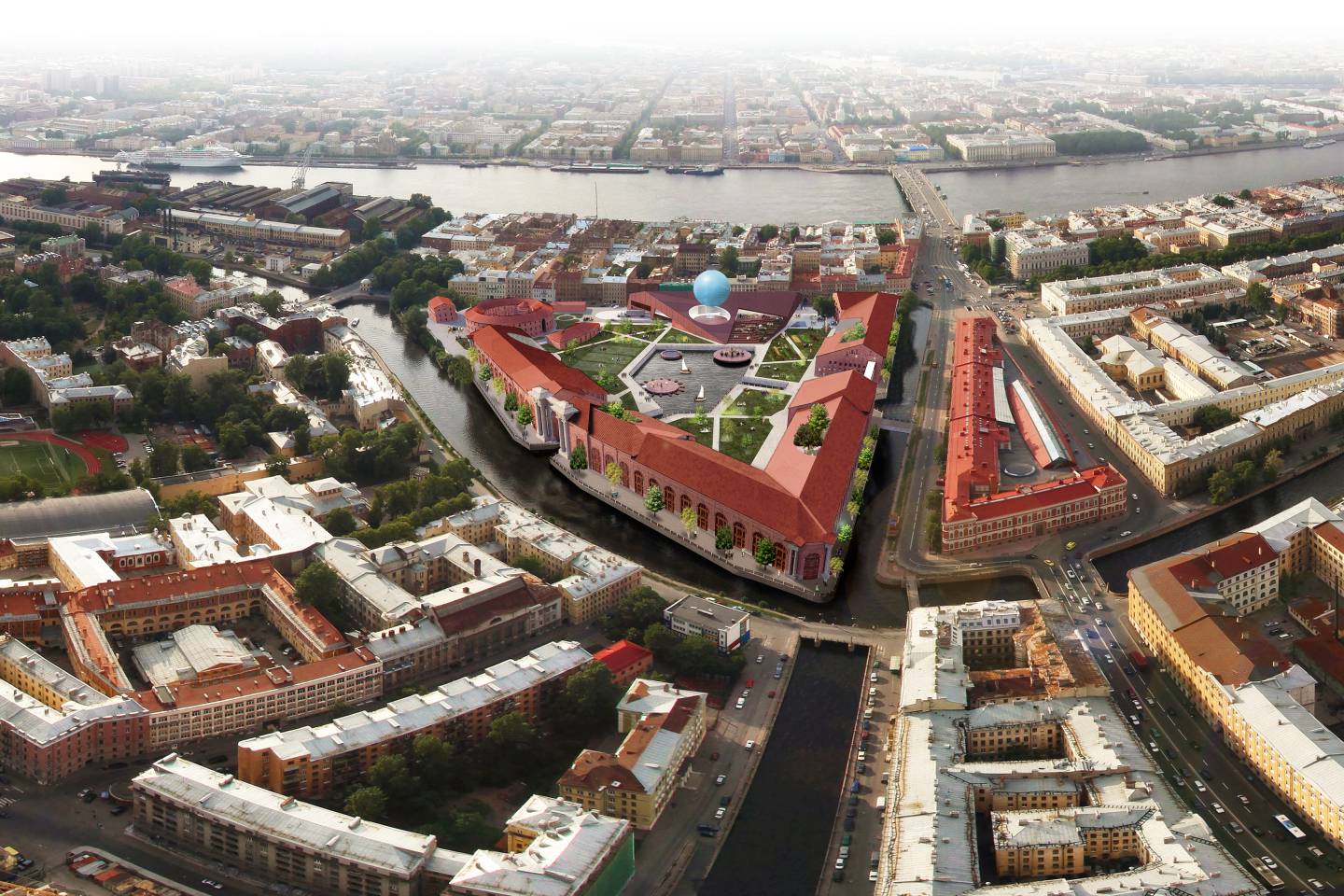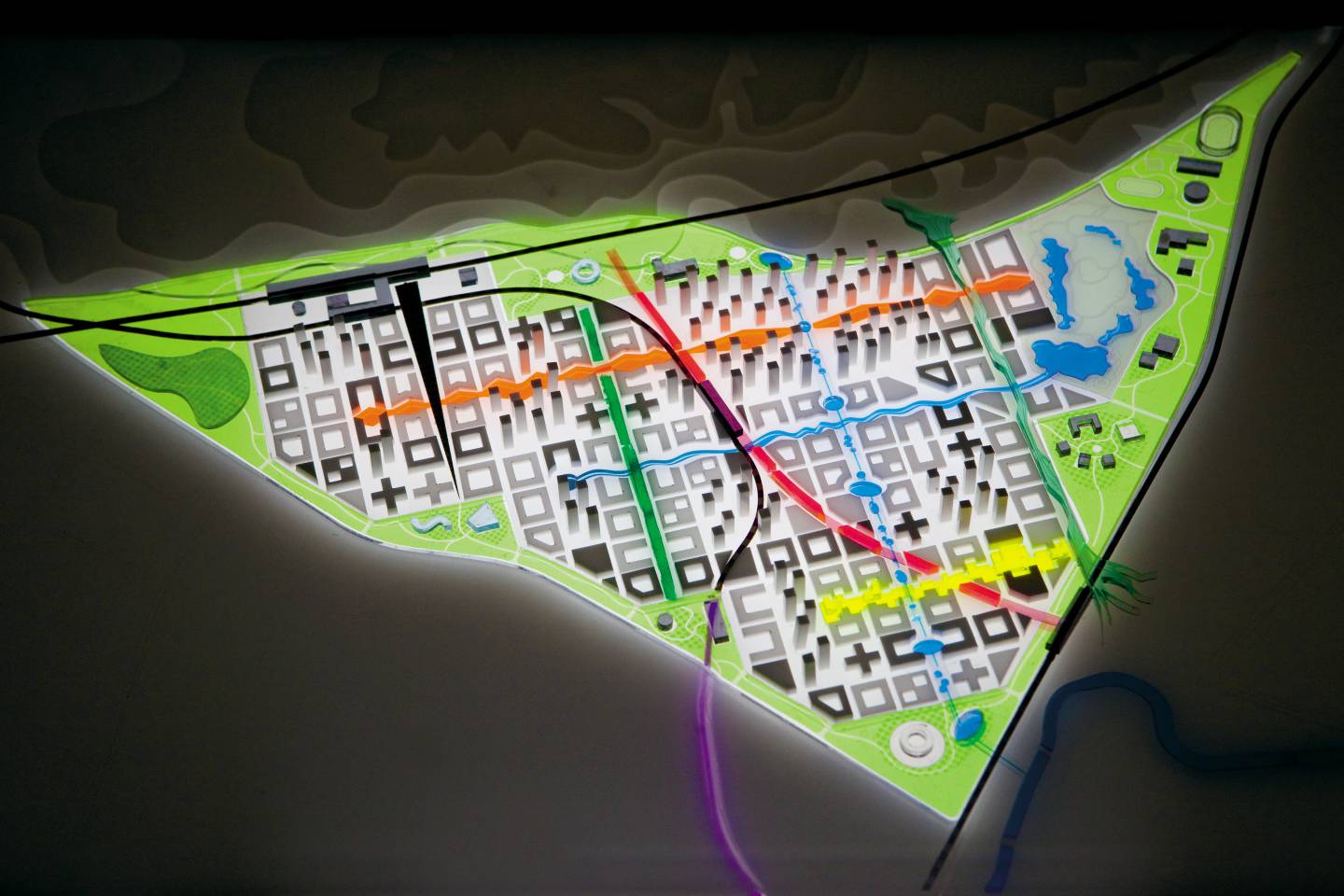Beijing Horticultural Expo Masterplan
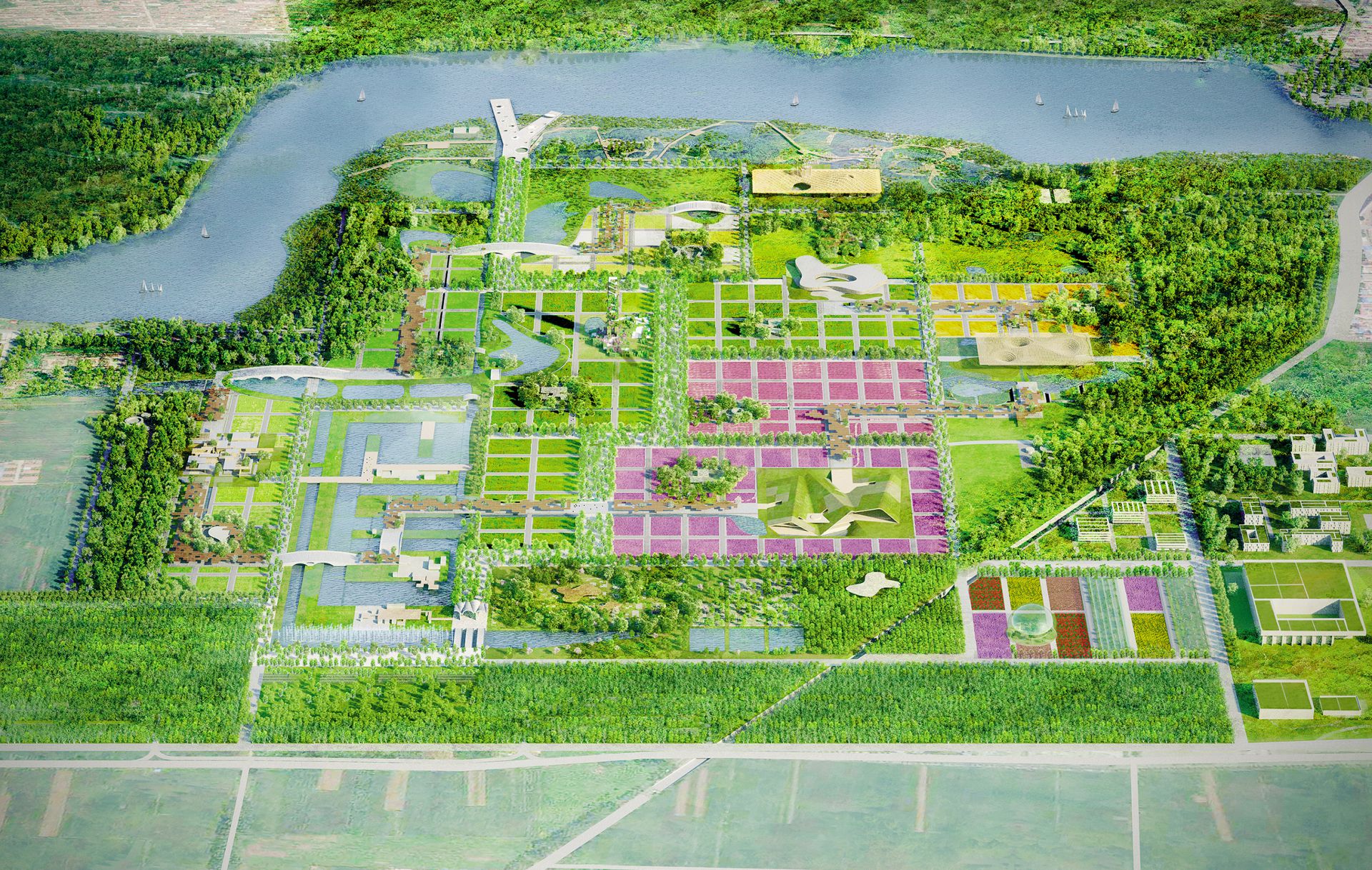
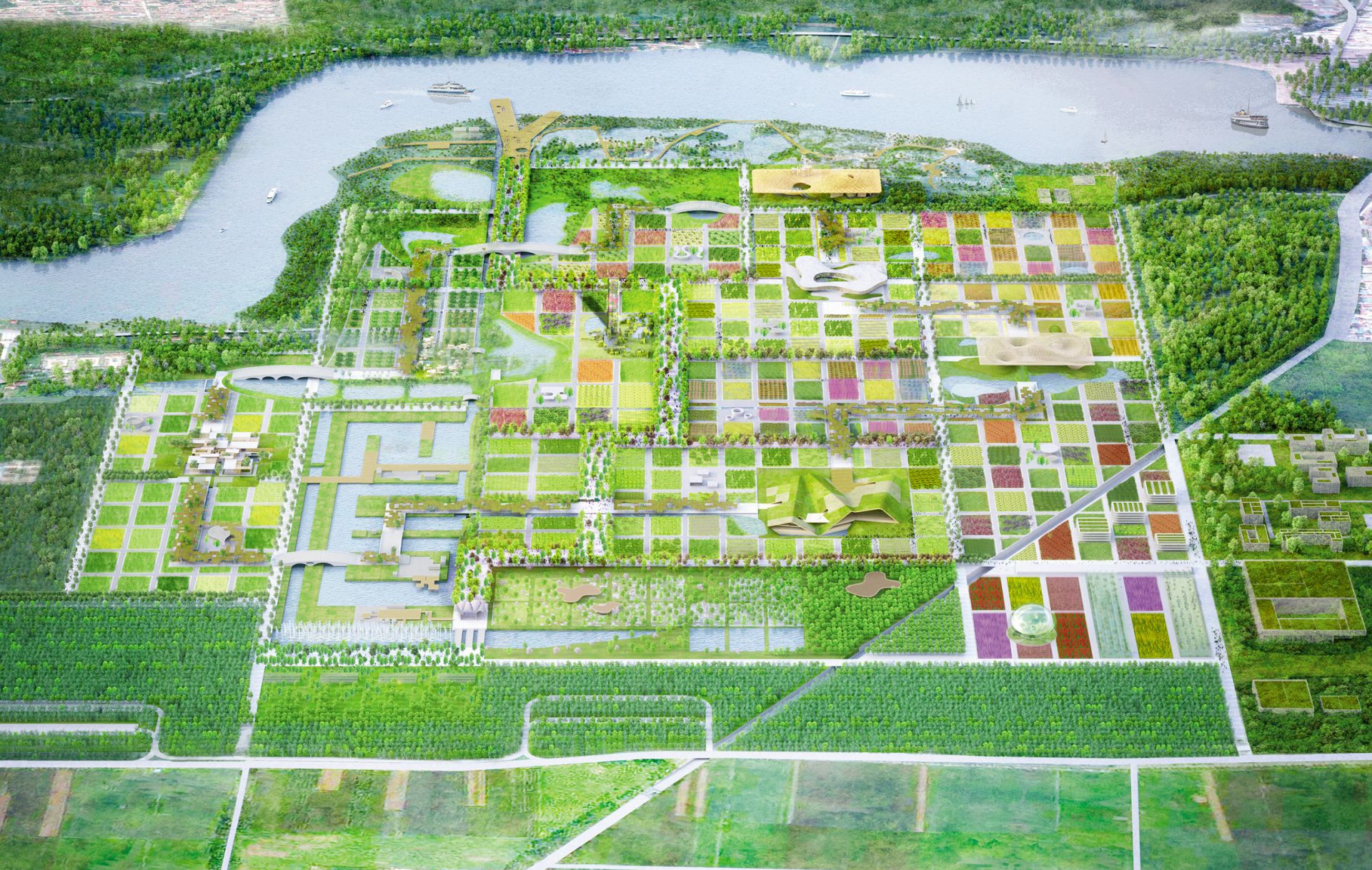
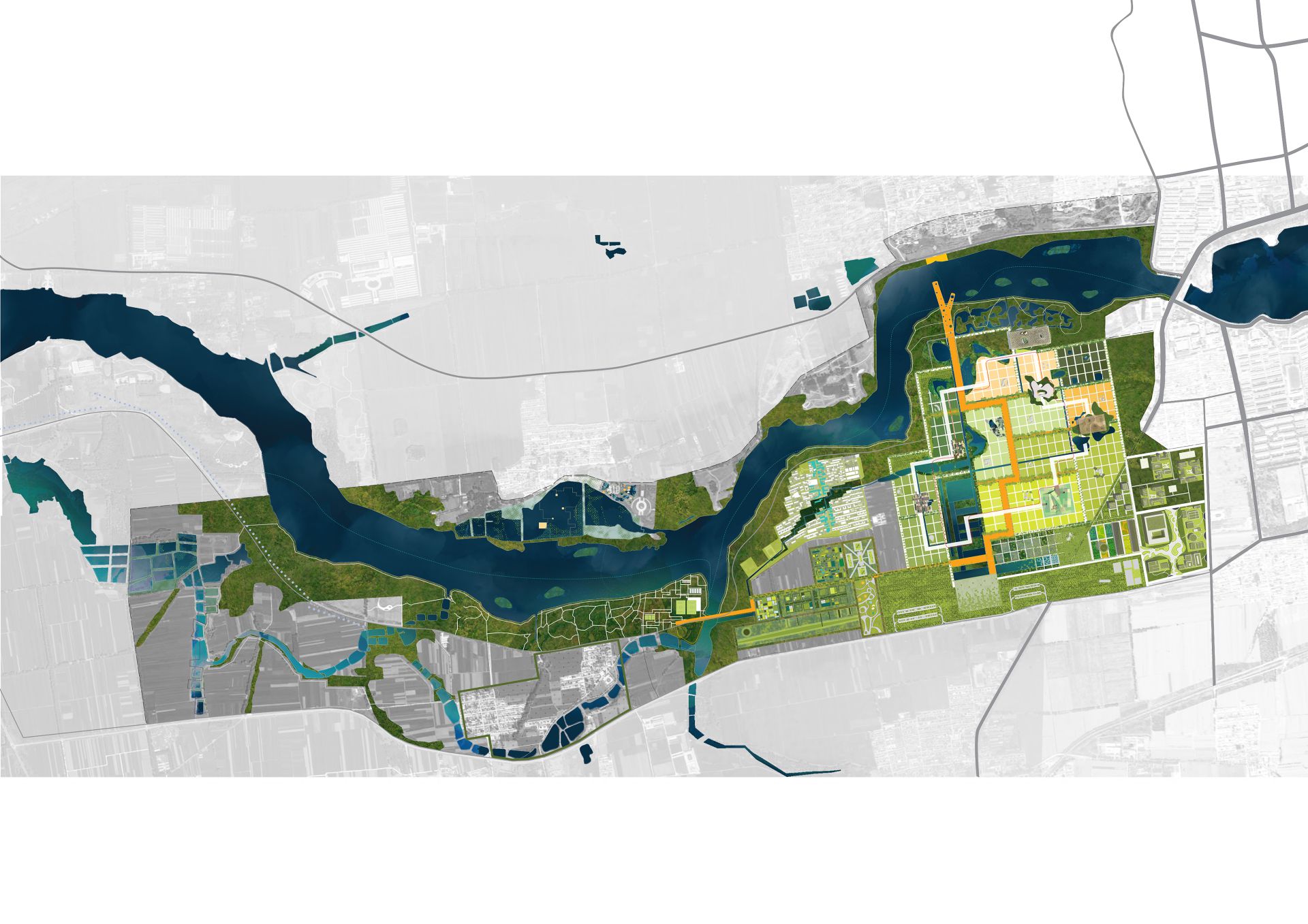
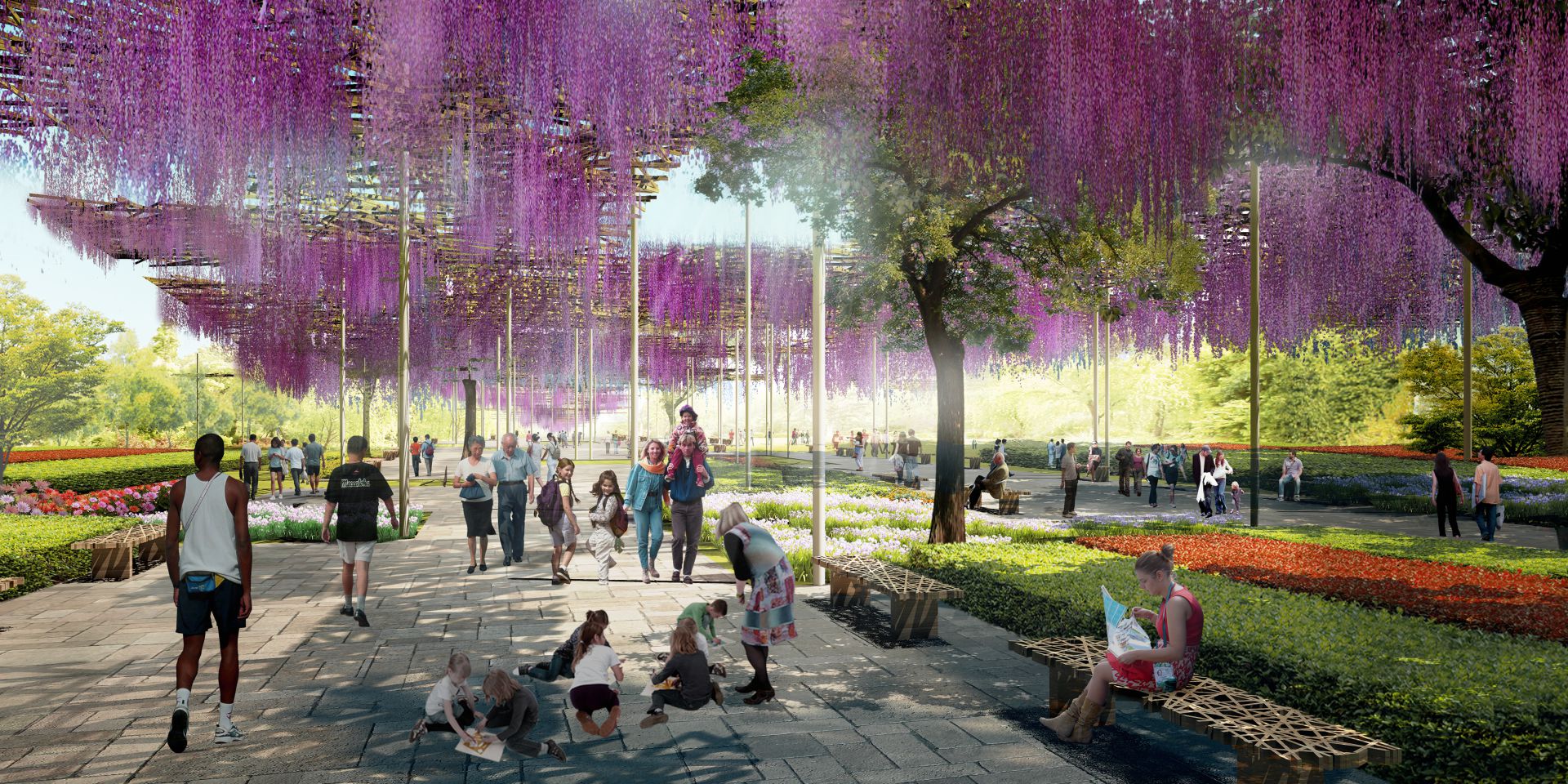
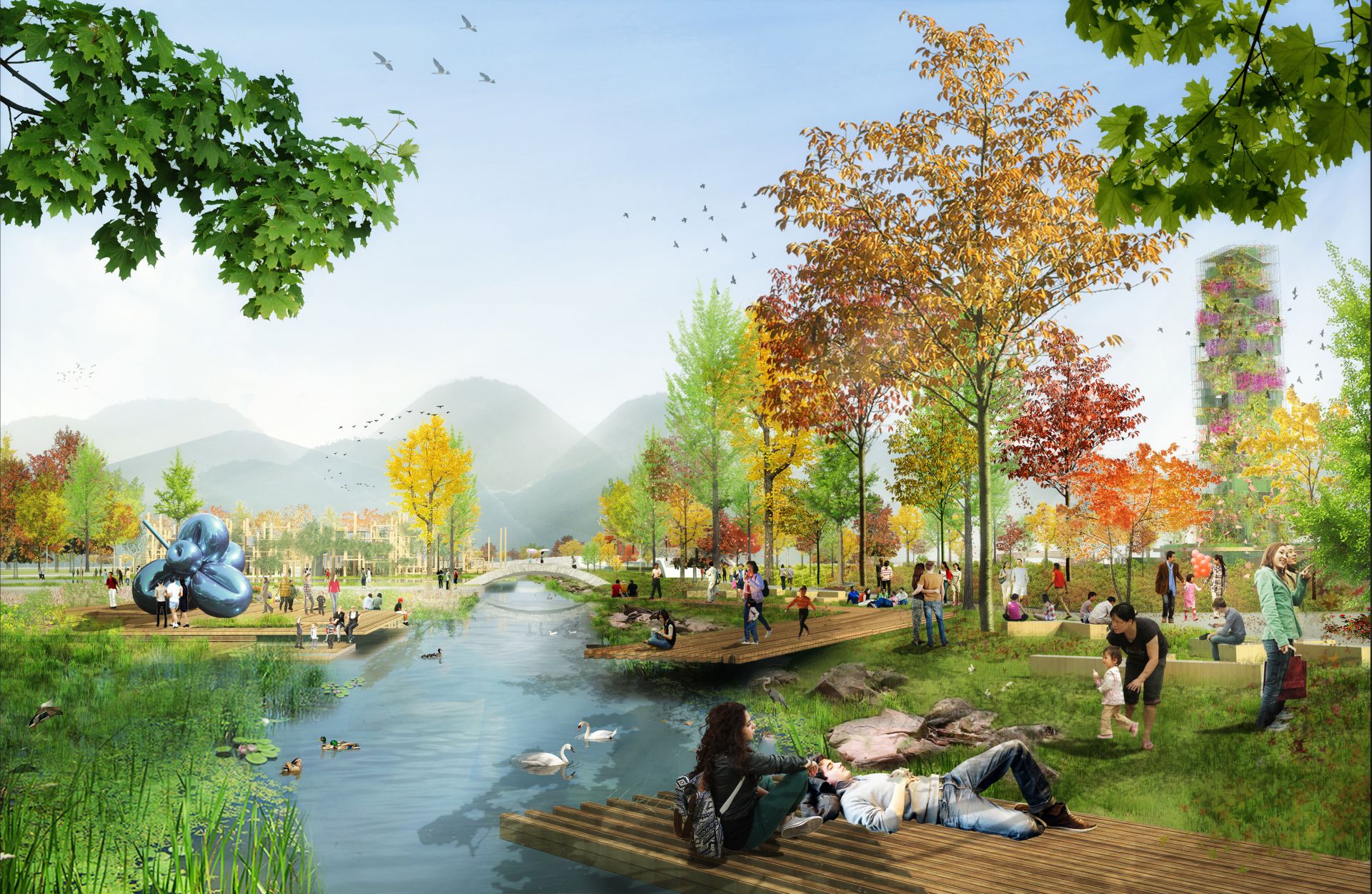

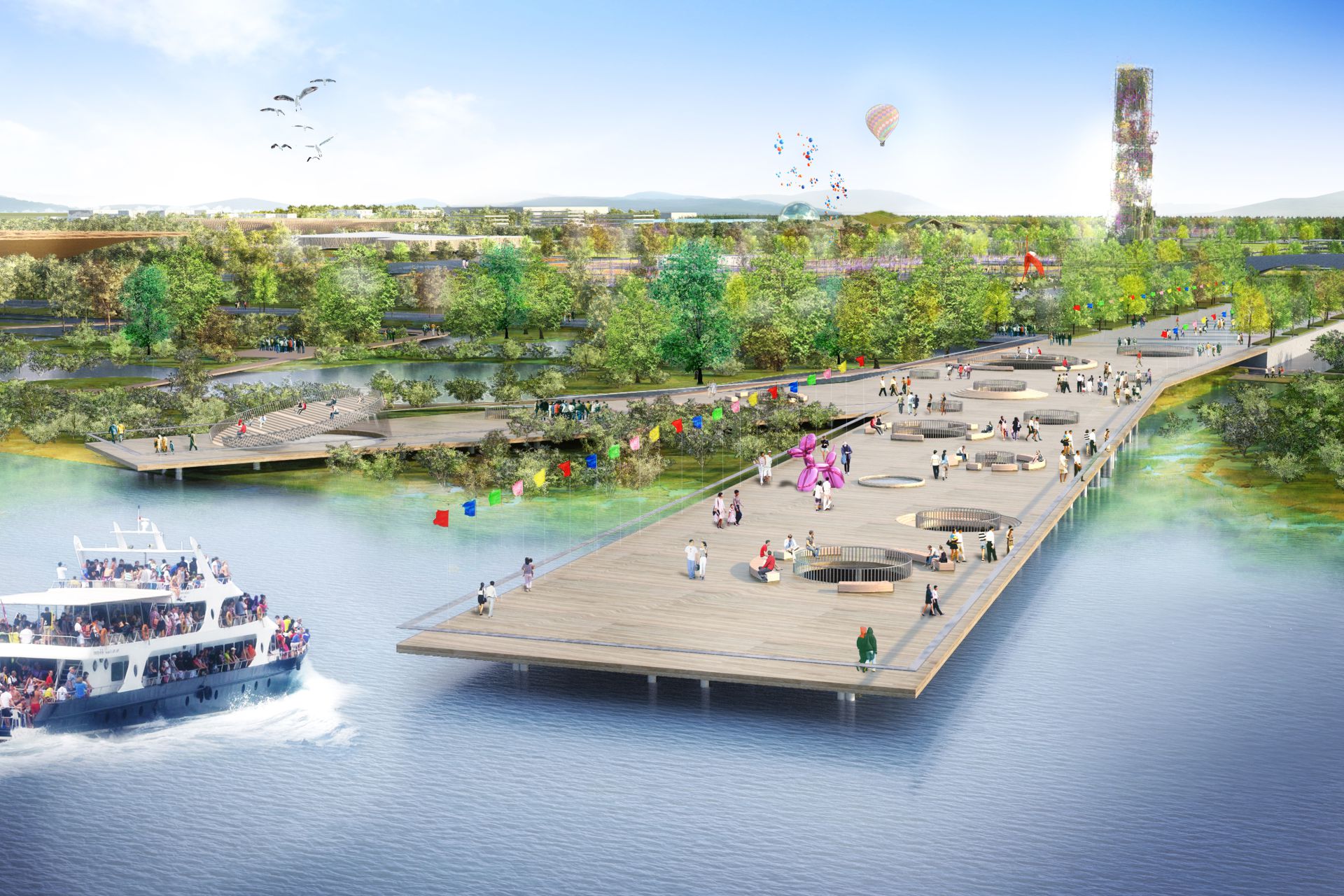
The Beijing Horticultural Expo Masterplan integrates landscape, architecture, and ecological systems across multiple scales of time, space, and experience. Developed in collaboration with the “Superfriends” team of WORKac, Studio Zhu-Pei, SLAB and SCAPE, the masterplan lays out a 960-hectare venue for China’s 2019 International Horticultural Expo. Countering the tendency for expo sites to be abandoned after the event, the masterplan conceives the site with a long-term strategy for post-expo regenerative use.
The core area of the Expo uses a grid to frame 13 bio-zones, which organize the numerous national gardens according to their climate zones and ecological diversity. Six pavilions and a tower punctuate the site along the main axis. The secondary circulation route, a covered walkway, creates an explorative loop around the site, connecting the pavilions into a narrative of ecological variety, sustainability and conservation.
Integrated into the Expo experience, a sustainable water treatment system collects, filters and returns water from the polluted Gui River. It serves as model for how China can rethink the relationship between its water and cities.
